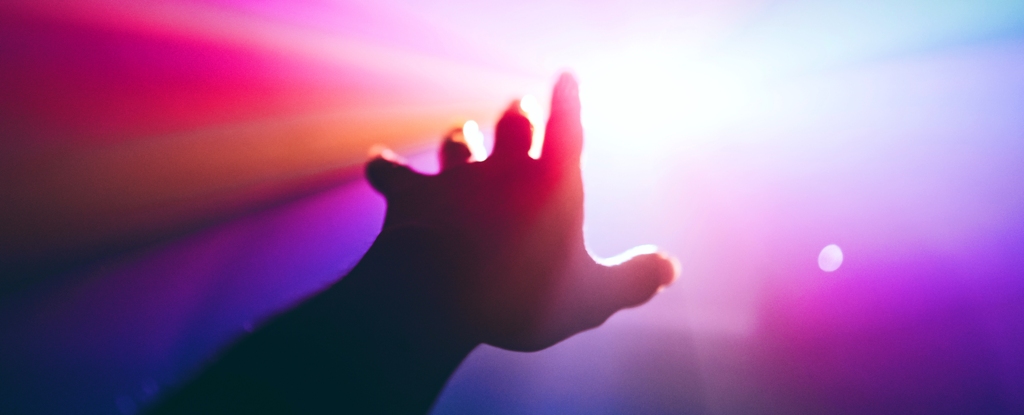Products You May Like
A new study has associated rare variants of specific genes with the development of left-handedness in humans.
Learning how these variations make left-handers different in other ways could help solve mysteries such as how genes can make people more likely to have neurodevelopmental disorders or develop neurodegenerative diseases.
Researchers from the Max Planck Institute for Psycholinguistics in the Netherlands studied genetic data from more than 350,000 people. They also came across some potential similarities and differences between brain-related disorders and rare coding factors that contribute to left-handedness.
Restricted orientations resembling the mirrored reflections of human hands are surprisingly common in biology. Even molecules often have a consistent orientation referred to as their chirality. The building blocks of proteins usually have a structure described as left-handed, for example, while the DNA found naturally in all living things twists up in right-handed fashion.
But why nature holds preferences for particular skews isn’t always obvious. It seems like those of us who have two hands that appear equally handy, attached to equally useful arms, should be equally likely to be right-handed or left-handed. But only about 10 percent of people are left-handed.
“This overall bias is broadly consistent across continents, and has been stable through human history,” geneticist Clyde Francks and colleagues write in their published paper.
Left-handers are more prevalent among those with certain neurodevelopmental disorders, and handedness and language are closely related, which has prompted extensive research, with a growing body of evidence implicating our genes.
A twin-based study found that left-handedness is inherited in around one in four cases. Brain asymmetries that cause hand dominance start to form early in life, and a baby’s hand preference can be seen while they are still in the womb.
Researchers are starting to identify some of the genes responsible for our left hand taking on the tasks that our opposite hand is somehow super awkward at, like writing.
A study of 400,000 individual records in 2019 uncovered the first four genetic regions linked to left-handedness. In 2020, a genome-wide association study of over 1.7 million people found 41 gene variants that influence being left-handed.
“Implicated genes include several that encode tubulins (microtubule components) or microtubule-associated proteins,” the researchers explain. “Here we examine whether left-handedness is also influenced by rare coding variants.”
The researchers examined genetic data from more than 350,000 people in the UK Biobank to determine the impact of rare gene variants on left-handedness. Their analysis included 38,043 left-handed and 313,271 right-handed people.
They searched for specific genes linked to left-handedness and calculated how much these rare gene changes altogether might influence it. At the population level, they found that the heritability of left-handedness with these rare coding variants was around 1 percent.
Franks and his team discovered that people who are left-handed are 2.7 times more likely to have rare coding variants in a gene called TUBB4B that codes for tubilins that make microtubules. Microtubules form part of the cytoskeleton that gives cells their shape, and they’re important for neuron development, migration, and plasticity.
“It is not known how microtubules affect inter-individual variation in human handedness,” write the authors, “but it has been suggested that they may contribute to cellular chirality early in brain development, and thereby to organ-intrinsic formation of the brain’s left-right axis.”
They didn’t find any association between left-handedness and any of nine genes implicated in neurodegenerative diseases by large-scale exome studies.
However, they did find that people with variations in two genes previously associated with autism, DSCAM and FOXP1, potentially also have substantially higher chances of being left-handed.
Most left-handed people don’t have autism, but the higher rate of left-handedness may be due to rare gene changes, the authors suggest. When DSCAM or FOXP1 mutations contribute to autism, it’s possible that changes in the left-right axis development of the brain are part of the cause.
“This study reveals a role for rare, protein-altering variants in left-handedness, providing further evidence for the involvement of microtubules and disorder-relevant genes,” the authors write.
Francks and colleagues think it’s likely that rare variant association mapping in larger studies will implicate even more genes in left-handedness.
The research has been published in Nature Communications.
